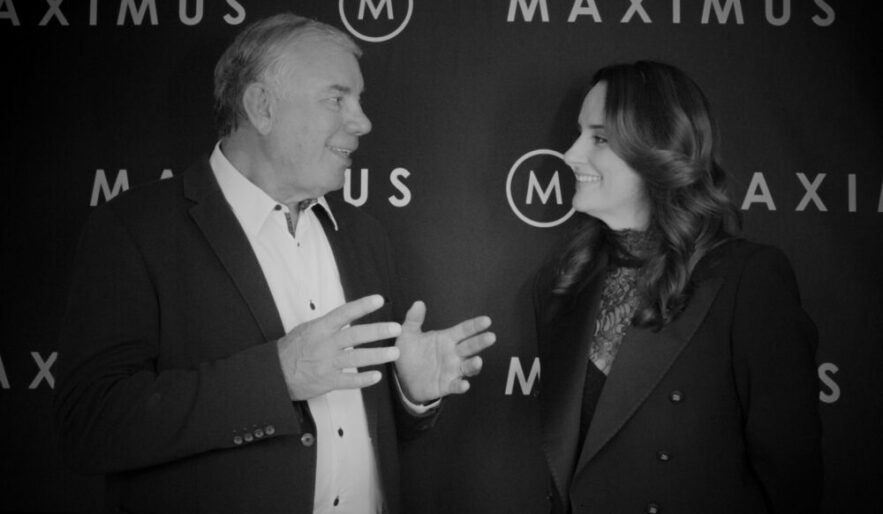COVID-19 has changed the way executive teams strategically focus their organisations, with many paring back their longer-term view. But for leaders willing and able to manage a forward trajectory in uncertainty, there are growth opportunities to be found in disruption.
The rapid adoption of digital technologies during the past year means the fundamentals of strategic and operational execution have changed. Seventy-six per cent of chief information officers (CIOs) report increased demand on new digital products and services, while 83 per cent expect this demand to increase in 2021, according to data from Gartner.
And while organisations such as the Institute for the Future predicted the emergence of a 5G-enabled hyperconnected world by 2030, the rapid digital acceleration of the past year means that for many it has already arrived.
Historical operating models were designed for a more stable context, with clear boundaries for high accountability. With uncertainty here to stay, modern operating models should be based on modern working principles and designed to unlock and focus the enterprise capabilities on the longer term vision says Vanessa Gavan, a psychologist and the founder and managing director of leadership consultancy Maximus International.
The key to enabling this success, she says, is securing executive buy-in. “A transformation strategy is nothing unless it’s executed well. And that means more than just changing the enterprise cost structures and turning repetitive tasks into digital ones. It’s the duality of transformation where leaders get tested; that’s repositioning the core while investing in new growth.’’
Many leaders are not equipped to reimagine in a fractured and volatile business environment. But while some have simply “battened down the hatches” and focused on immediate concerns, successful stewards are looking ahead.
With crisis response inevitably messy, Gavan suggests making peace with the impossibility of perfection and instead acting with clear intent and deliberate choices.
“You also need to come to grips with what you are prepared to say no to – in order to bring focus and clarity to the business – which is crucial in times like these, because you won’t win if you’re trying to do and be everything.”
“Ultimately the best strategic execution happens when leaders are unafraid to create the future.”
– Katherine Boiciuc, Associate Director, Maximus
THE ANATOMY OF MAKING CHOICES IN 2021
1. Acknowledge the duality of transformation
Don’t look at it as one single process. That means sharing different aspects of the transformation narrative, making it relevant to each part of the organisation and being clear on how people can participate. Leaders underestimate the amount of communication needed.
2. Lead with 21st century values
Principles that value context, over control; democratised accountability and leadership stewardship that delivers purpose and profit. Embrace agile and iterative ways of working where good decisions require a data input range of 40-70 per cent. If you don’t have the capability, expand your data and AI ecosystem.
3. Look far over the horizon
Simplify your operating model against the future needs of your business. If your current workforce plan is not built with 2025-2030 in mind, it needs a refresh.
4. Use culture to supercharge your transformation
High-performing teams are built and led by high-performance leaders who can activate people to shape a new path, exploring and taking calculated risks. Assess your leadership team’s capability to lead in the new state. Invest in upskilling them quickly if there are transformation capability gaps.
5. Purpose and direction
Be clear of the job to be done in 2021. From your people to your customers and ecosystem, everything requires the stabilising nature of purpose, clear cultural imperatives and values to create the conditions for high performance.
This article originally appeared in the Australian Financial Review
Wednesday 10th March, 2021







